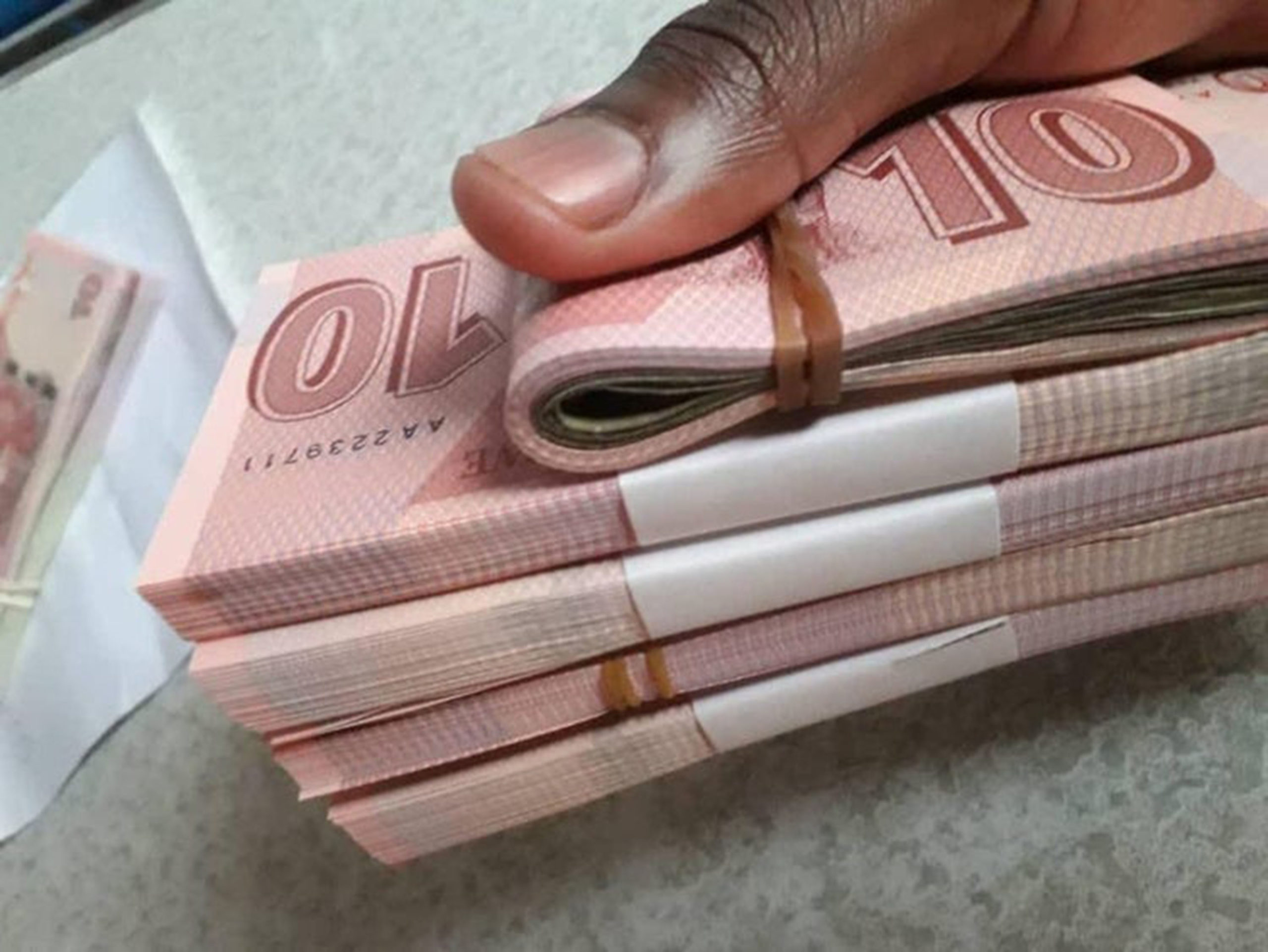Source: Zim economy seen contracting by 10% – The Zimbabwe Independent
AS the economic crisis deepens, the World Bank has projected Zimbabwe’s economy will contract by 10% this year, which is -12,7 percentage points lower than its January projection, amid worsening levels of poverty.
TATIRA ZWINOIRA
Both fiscal and monetary authorities continue to remain clueless on how to arrest the soaring inflation currently at 765,57%, the depreciating Zimbabwean dollar at US$1:ZW$80, unemployment, water and electricity shortages, business closures, rising prices and increasing food insecurity.
The price of bread has shot up to more than ZW$50, a two-kilogramme packet of sugar is now ZW$127,68, a kilogramme of beef has shot up to more than ZW$200 and a two-kilogramme packet of rice is nearly ZW$200. This has prompted labour unions to demand that employers pay workers in United States dollars.
Embattled President Emmerson Mnangagwa this week blamed political detractors and greedy private sector players for the economic downturn.
The extent of the country’s economic collapse was laid bare by Finance minister Mthuli Ncube in leaked correspondence dated April 2 to international financial institutions begging for financial support. He warned without the support, the economy could contract by as much as 20% this year.
Added to these challenges is the Covid-19 pandemic that has affected global trade, adding to Zimbabwe’s woes. The World Bank says Covid-19 has strained growth for sub-Saharan Africa.
“As a result of these severe economic strains, activity in the region (sub-Saharan Africa) is expected to contract by 2,8 percent this year — the sharpest contraction on record and 5,8 percentage points weaker than previous forecasts,” the World Bank said in its new June economic update for sub-Saharan Africa. “The fall in per capita GDP (gross domestic product) is bound to be even deeper, likely causing millions in the region to fall back into extreme poverty.”
After Seychelles, which is projected to contract by 11,1% this year, Zimbabwe is on course to have the second worst economic performance this year in sub-Saharan Africa, according to the World Bank.
One of the major causes of the acute economic decline is the re-introduction of the Zimdollar in June 2019 as the sole legal tender with no adequate foreign currency, mineral or market confidence backing. This has led to its rapid freefall.
The depreciation of the local currency created a hyperinflationary environment which has eroded incomes and pensions.Financial giant Old Mutual Zimbabwe posted a ZW$2,61 billion loss for the financial year ended December 31, 2019, while telecoms leader Econet Wireless Zimbabwe posted a loss of ZW$1,28 billion for the half-year ended August 31, 2019.
As a result of this policy alone, the government’s ZW$18 billion Covid-19 stimulus to revive the economy is losing value amid hyperinflation.
The World Bank, however, said Zimbabwe’s economy is expected to rebound by 2,9% next year.
“Growth in the region is expected to rebound to 3,1 percent in 2021; however, the outlook is subject to substantial uncertainty. The projected pick-up assumes that the pandemic will have faded by the second half of 2020, that domestic outbreaks in the region follow a similar path, and that growth in major trading partners will rebound. Commodity prices are also expected to recover but remain below 2019 levels,” the World Bank said in its report
However, the World Bank warned that the pandemic’s progression is particularly hard to predict in sub-Saharan Africa, as the region faces significant hurdles in containing the virus.
“These include weak and underfunded health care systems — government per capita spending on health care is about 2% of that in advanced economies—and lack of access to basic sanitation,” the World Bank said.
Experts say Zimbabwe has a stimulus requirement of US$2 billion.“In under two years, Zimbabwe has backslid into a comatose, tin-pot republic dominated by massive economic mismanagement. Unemployment is sky high and the inflation rate is over 700%,” former finance minister and current Harare East legislator Tendai Biti said in an op-ed this week. “At the centre of Mnangagwa’s failed economics are two things. The first is the inability of the government to live within its own means. Billions have been spent outside the budget, leading to huge deficits that have forced the central bank to print money to cover the gap. The second is the government’s mismanagement of the exchange rate. In 2019, the government prematurely introduced its own currency. Without sound economic fundamentals to back it up, the new Zimbabwean dollar collapsed, resulting in serious market distortions and an explosion in black market activities. In the shops, basic commodities are in short supply, particularly sugar, cooking oil and the country’s staple mealie-meal.”
He added: “Fuel queues snake for kilometres. There have been incessant power cuts lasting up to 18 hours, particularly before Zimbabwe imposed its Covid- 19 lockdown at the end of March.”
As a result of Zimbabwe’s challenges, according to the national statistics agency, ZimStat, the Total Consumption Poverty Line for one person stood at ZW$1 485,16 as of April and ZW$7 425,81 for an average family of five. This comes at a time personal monthly incomes average between ZW$1 500 and ZW$3 500 formally.
“As the economy implodes, Mnangagwa and his lot are presiding over the most corrupt and extractive period since Zimbabwe’s independence 40 years ago. Billions of dollars are siphoned off from the state, in vehicles and companies linked to Mnangagwa, his family and business associates,” Biti said. “Even as the lives of average Zimbabweans turn to dust, the elite continues to milk the system through their control of foreign exchange and money supply, agricultural subsidies (which they call “command agriculture”), fuel procurement, the mining of commodities (such as diamonds, platinum, chrome and gold), and public sector procurement.”
The post Zim economy seen contracting by 10% appeared first on Zimbabwe Situation.
